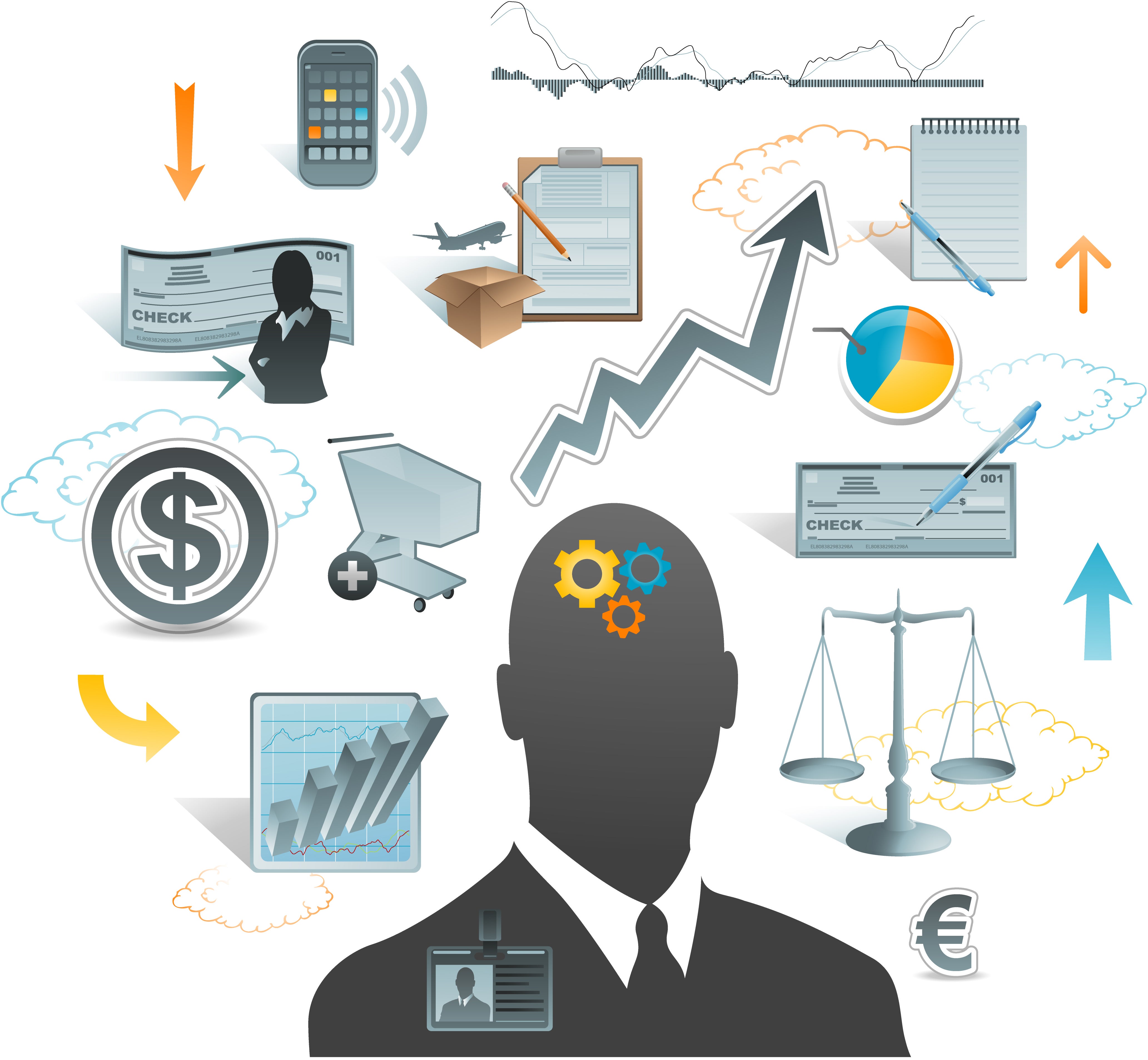You may have been able to ignore decentralized digital currencies like Bitcoin … so far. And you may have shrugged off the question of whether your company should purchase or create a non-fungible token (NFT). For now, anyway.
But you never know what’s next.
Will avoiding the metaverse today be like ignoring the internet in 1995? After all, Disney recently appointed an executive to lead the company's metaverse strategy. How will your company monetize its products and services in a totally virtual world?
All the legal acumen in the world can’t enable you to always predict what will happen next. But you can always prepare to take on whatever comes. And one of the best ways to prepare for the future of law today is to increase your visual (or spatial) intelligence. Read on to discover:
- The importance of “visual intelligence” in today’s modern business world,
- Examples of real-life situations that require visual intelligence, and
- How you can strengthen your visual intelligence.
What is visual intelligence for lawyers?
Visual intelligence is a series of skills and approaches that help you understand and take part in our increasingly visual world. Digital environments, in particular, are highly visual. Lawyers must find ways to intelligently appreciate and interpret the visual stimuli that make up more and more of the human experience.
Visual aids amplify ideas and clarify concepts, making them powerful communication tools. For example, in one dispute, the use of certain types of emojis in a text resulted in a rental contract’s termination.
Redesigned “visual contracts” that deliberately include simplified language, icons, charts, and other images are bringing terms of service and privacy policies into the 21st century. Among many factors helping to drive the change are regulations such as the General Data Protection Regulation (GDPR), Article 12, which requires that companies present privacy notices “in a concise, transparent, intelligible, and easily accessible form, using clear and plain language.”
... Requires that companies present privacy notices “in a concise, transparent, intelligible, and easily accessible form, using clear and plain language.”
When do lawyers use visual intelligence?
Visual intelligence enables you to develop a systematic approach to understanding, interpreting, and using visual information in accurate and meaningful ways. Lawyers use visual intelligence in many ways, including:
- Determining the meaning of emojis, memes, symbols, and other images used in communications,
- Communicating internal policies and procedures in ways that increase comprehension, engagement, and compliance,
- Evaluating the value of NFTs, cartoons, digital art, and videos as digital assets or helping the company’s customers create NFTs, and
- Advising advertising and marketing teams on their use of visuals in ads and social media.
Three fundamental ways legal professionals are using visual intelligence

1. Design easily understood legal agreements and documents.
Using images in contracts helps make legal information more accessible. Companies like Google and Apple are now including visual elements to create simpler, more friendly customer-facing documents. Shell's Global Law Department uses drawings, graphs, and images in contracts when technical or other sophisticated topics are difficult to grasp through words alone, finding that visuals result in shorter, clearer agreements. AIRBUS now uses a user-friendly NDA with visual elements that help to speed and ease collaboration on innovative projects with startups.
Use comics, illustrations, and animated characters in contracts and customer-facing documents to help individuals (who often do not have legal representation) more thoroughly understand legal terms and concepts.
Use comics, illustrations, and animated characters in contracts and customer-facing documents to help individuals (who often do not have legal representation) more thoroughly understand legal terms and concepts.
2. Present for the best impact.
Visuals help you make an impression in and out of the boardroom, courtroom, or your playground of choice.
- Use visual aids in employee-facing documents such as internal policy and procedure documentation and employee handbooks.
- Create slides with well-arranged information. Data visualization can be more impactful than a wall of text.
- Courtroom demonstratives can be highly effective, and their use is probably the most developed visual area in law.
Oral communication can be visual, too. Analogies and metaphorical representations simplify abstract concepts and increase comprehension and engagement by calling familiar comparable situations to mind.
Oral communication can be visual, too.
3. Whiteboard and sketch functional drawings.
The mighty pen and paper (or whiteboard and marker) can substantially increase comprehension of legal concepts. Think back to the information diagrams describing estates and trusts, corporate structures, merger structures, and so on. An image is often worth more than 1,000 words as you:
- Draw basic shapes to create functional drawings (not works of art).
- Storyboard visual contracts, such as employment agreements and privacy policies.
- Map the progression of workflows in planning for technology adoption and understanding data flow.
- Lead whiteboarding sessions, which are more engaging when all hands are on deck. Unite your team as you:
- Develop plans to roll out legal technology solutions,
- Implement new ways of contracting to increase transparency for your customers,
- Design a system to increase GDPR compliance,
- Explain complex regulations, and
- Break down a project into phases and individual tasks.

Learn more about visual presentations — including writing and technology — from professionals
You can learn a lot about visual intelligence by collaborating with other professionals to produce a work product that contains visual elements. Designers can help you understand the use of white space, proximity, and grouping strategies, and explain when to use specific types of visual aids, such as tables and timelines. Writers can simplify language and develop impactful metaphors. Information designers help you appreciate the breadth and depth of visual options. And technologists understand how to link different screens together and how to simplify steps with technology.
Test whether your new more visual docs work with a focus group. People love to give feedback and the results will help you increase engagement and compliance in addition to improving your work product.
Input from others enables you to fully appreciate all the possibilities. And though you’ll never be able to predict everything that lies ahead, you'll be well prepared to flourish in a highly visual future of law.




